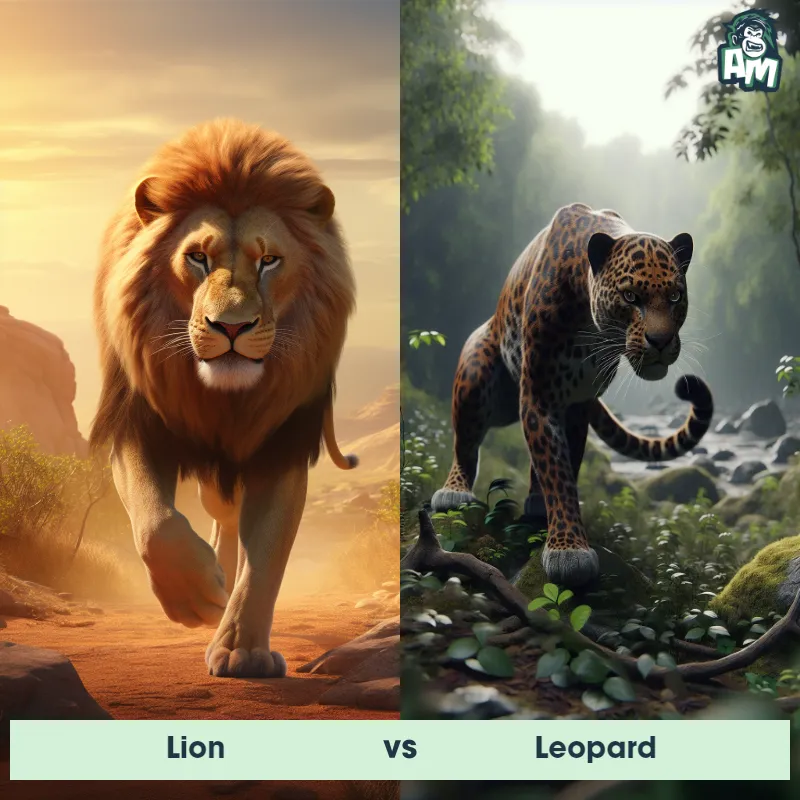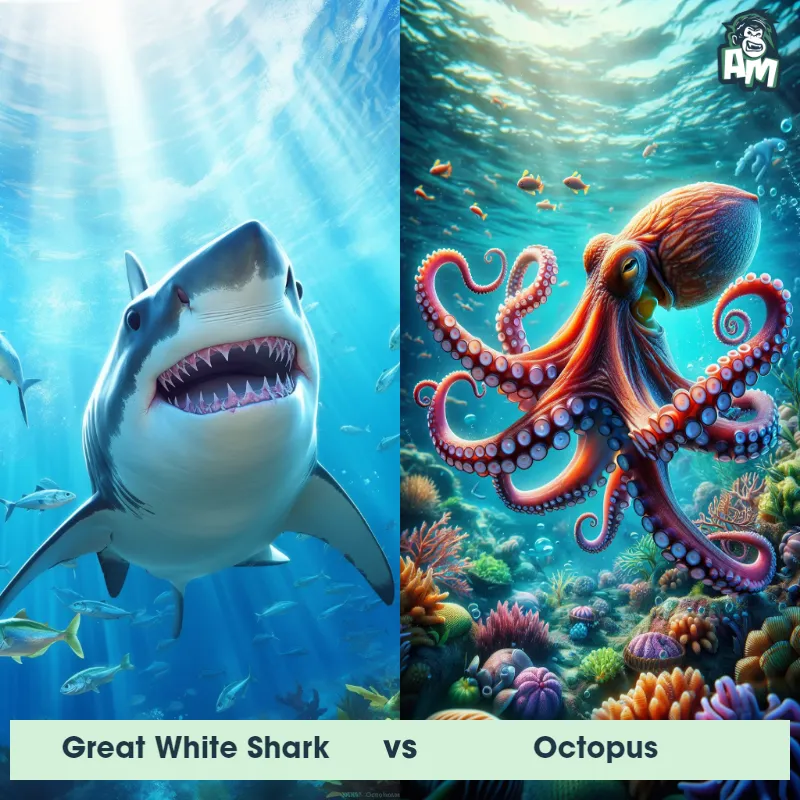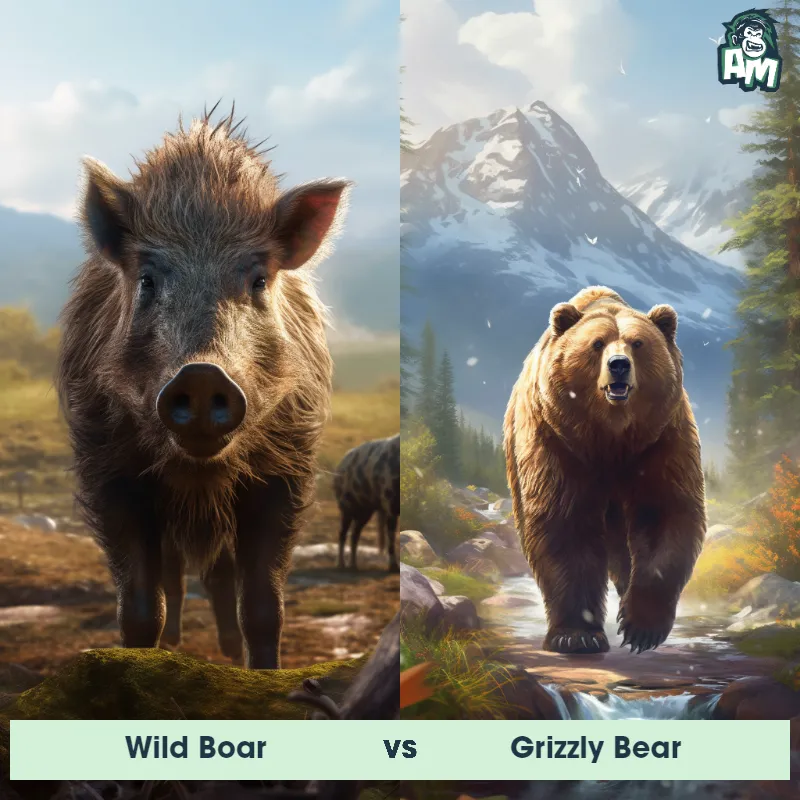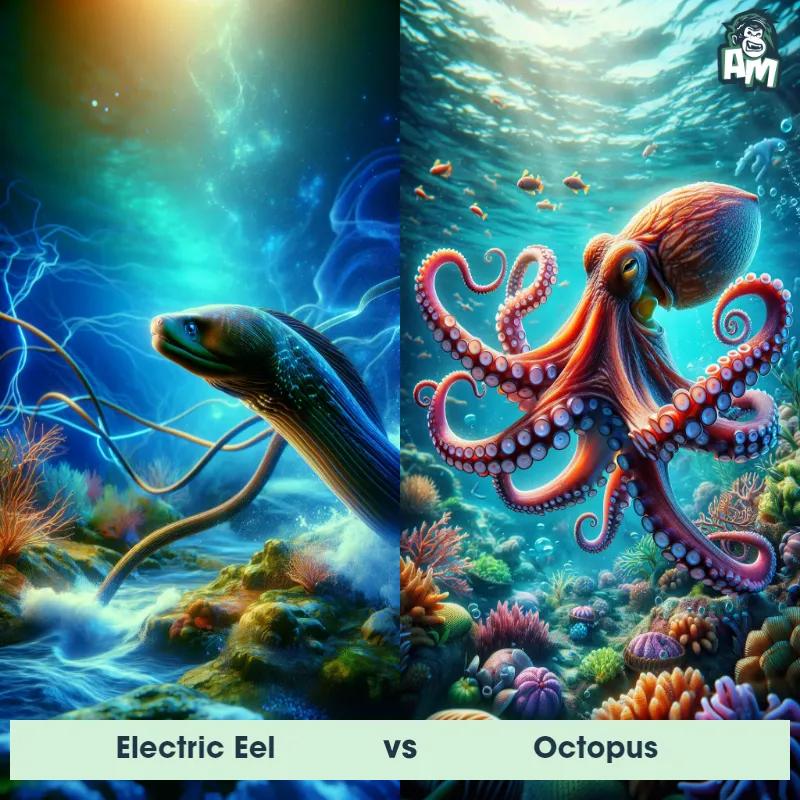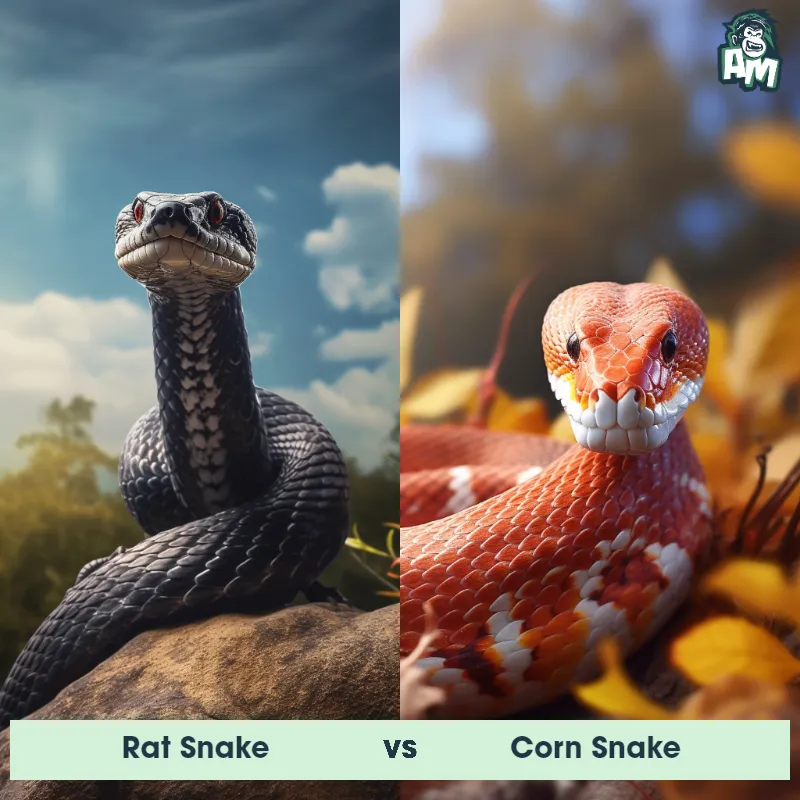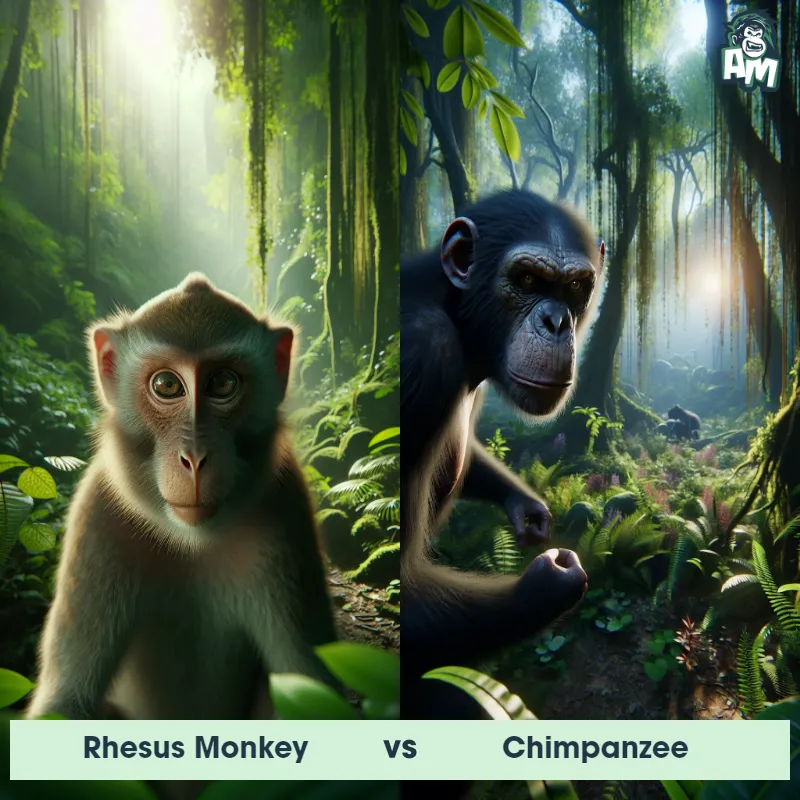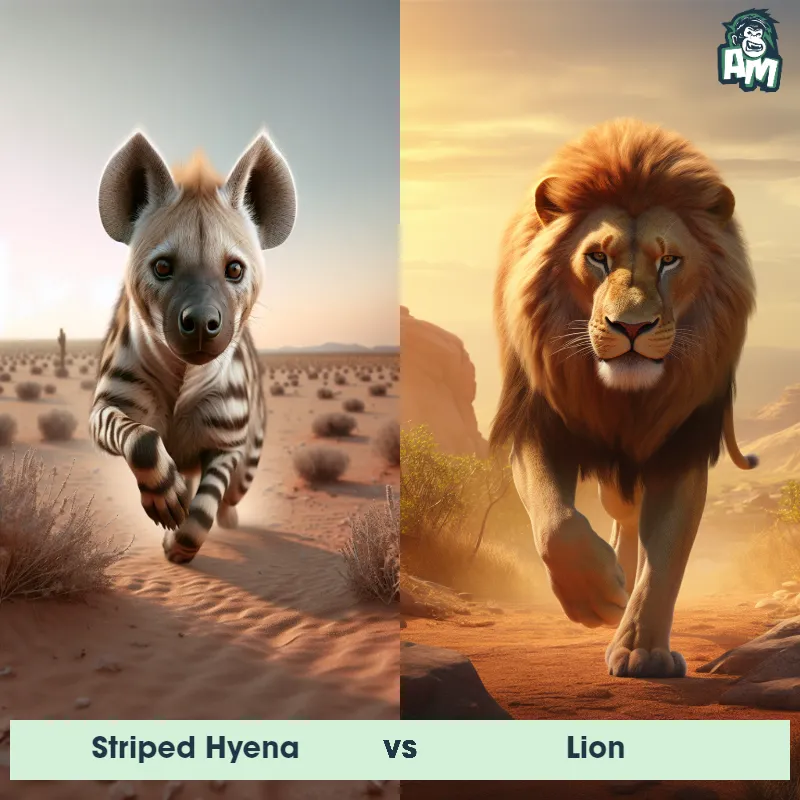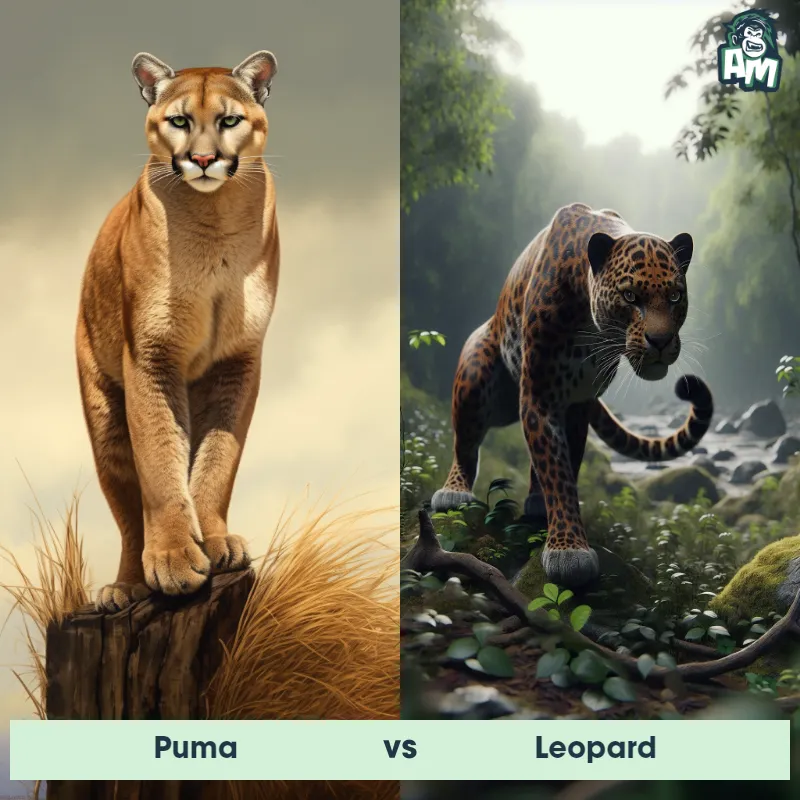Lion vs CrabSee Who Wins
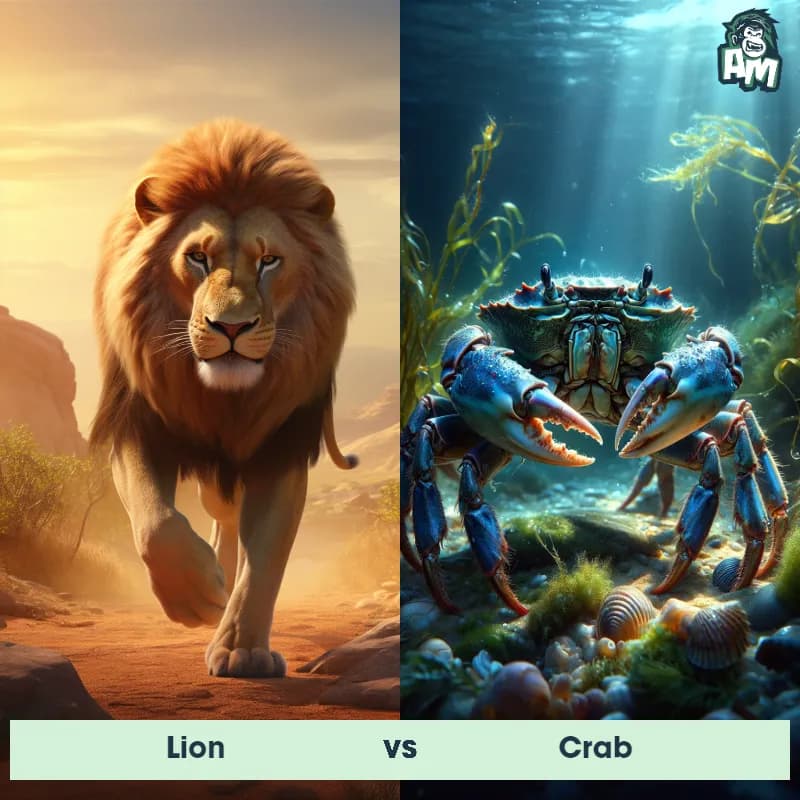
Ladies and gentlemen, welcome to this thrilling and unconventional match. We've got a mesmerizing showdown tonight between two fierce opponents, a Lion and a Crab. The crowd is buzzing with anticipation as these two unique creatures prepare to face off. Will the Lion's strength and agility prevail, or will the Crab's resilience and strategic instincts overshadow its size? Let's find out as we dive into this extraordinary encounter!
Contender 1: Lion
The lion, often referred to as the 'king of the jungle,' is a large, powerfully built cat known for its tawny coat and, in males, a magnificent mane. They are native to Africa and a small region in western India. Adult male lions can weigh up to 420 pounds, while females, who are primarily responsible for hunting, are slightly smaller. Lions are social animals and live in groups called prides, which are usually composed of related females, their cubs, and a small number of adult males.
![[object Object] Gif](https://tenor.com/view/lion-yawning-yawn-tired-exhausted-gif-12230852.gif)
Fun Fact: Lions are the most socially inclined of all wild felids, most of which remain quite solitary in nature.
Contender 2: Crab
Crabs are decapod crustaceans known for their characteristic thick exoskeleton and a pair of robust claws. They vary in size from the tiny pea crab, a few millimeters wide, to the giant Japanese spider crab, with a leg span of up to 4 meters. Crabs are typically found in the ocean, but some species are also found in freshwater or on land. Notably, crabs are known for their sideways walking, a motion that distinguishes them from other crustaceans.
Fun Fact: Crabs communicate with each other by drumming or waving their pincers, which is not just a sign of aggression, but can also be a part of their mating rituals.
Matchup Stats
| Lion | Crab | |
|---|---|---|
| Size | 4.5 to 6.5 feet long (body length), 3.5 to 4 feet tall at the shoulder (1.4 to 2 meters long, 1 to 1.2 meters tall) | Varies from a few millimeters to 13 feet (4 meters) leg span |
| Weight | Up to 420 pounds (190 kilograms) | Varies greatly, up to 44 lbs (20 kg) for the largest species |
| Speed | 50mph (80km/h) | 11 mph (18 km/h) |
| Key Strength | Powerful build, strong jaws, sharp claws | Robust claws |
| Biggest Weakness | Less agile compared to other big cats, dependent on strength and power | Vulnerable when molting |
Current Votes
Lion vs Crab
See Who Wins
View More Matches
Looking For More?
Similar Matches
Scientific Stats
| Lion | Crab | |
|---|---|---|
| Scientific Name | Panthera leo | Brachyura |
| Family | Felidae | Decapoda |
| Habitat | Grasslands, savannas, dense bush, and woodlands | Ocean, Freshwater, Land |
| Geography | Africa and a small region in western India | Worldwide |
| Diet | Carnivorous, primarily large ungulates | Omnivores, eat algae, mollusks, bacteria, fungi, and small fish |
| Lifespan | 10 years - 14 years | 1 year - 100 years |
Key Differences between Lion and Crab
- Shape: While Lions are quadrupeds with a compact and muscular body, Crabs have a distinctive crustacean shape, featuring a hard exoskeleton and large, pincer-like claws.
- Head Structure: Lions have a round-shaped head with prominent ears and a well-defined snout, complemented with a majestic mane in males, while Crabs have a triangular head with two stalked compound eyes and two pairs of antennae.
- Limbs: Lions have four powerful and mobile legs adapted for running, jumping, and hunting, while Crabs have ten legs, including two large pincers at the front, six walking legs, and two smaller limbs near their mouth for manipulating food.
- Size: Lions are significantly larger than Crabs, with adult males reaching an average shoulder height of 3.5 to 4 feet and a length of 6 to 8.2 feet, whereas Crabs usually measure only a few inches in diameter.
- Color: Lions typically have golden-brown fur covering their bodies, with lighter shades on their underparts, while Crabs exhibit a wide range of colors, including red, brown, and dark blue, depending on the species.
- Patterns: Lions possess a unique pattern of dark spots on their fur known as rosettes, which they retain into adulthood, whereas Crabs typically have a smooth or textured exoskeleton without distinct patterns.




